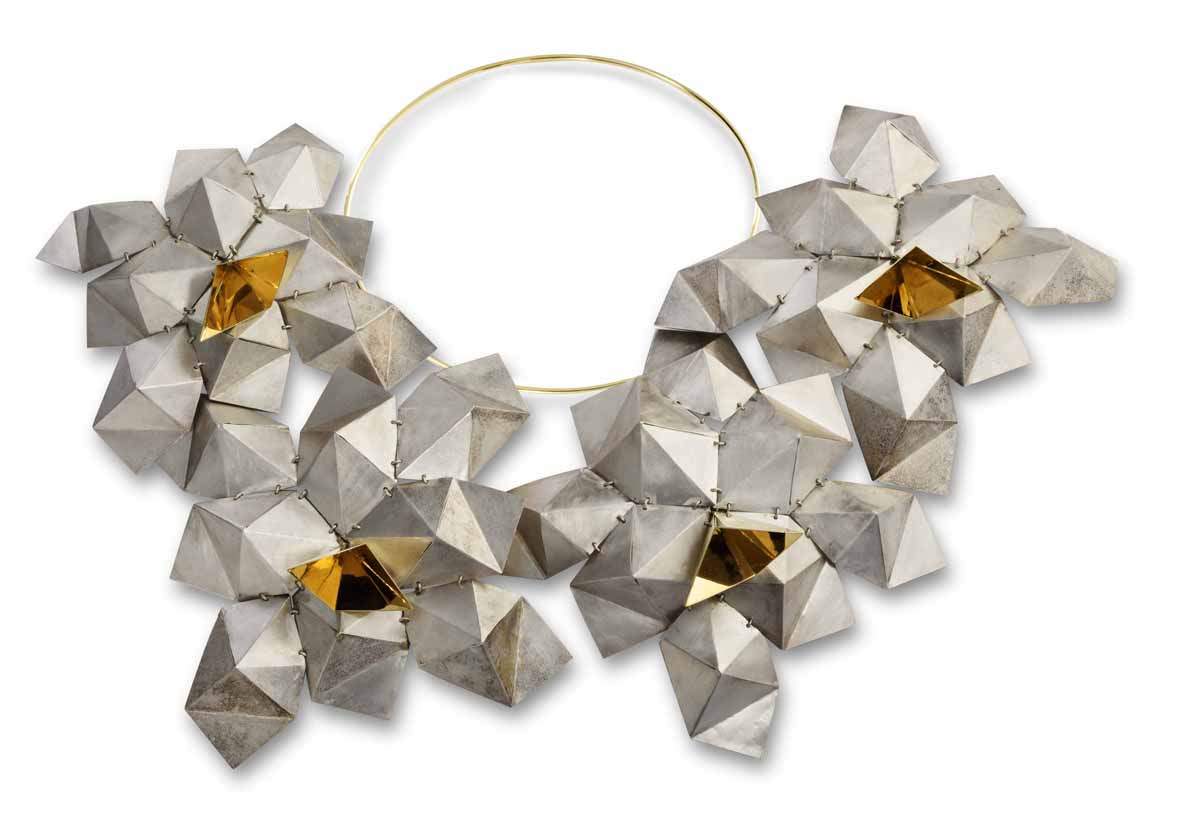Why is fine jewelry considered craftsmanship and not art? In Ravenna, an exhibition tries to answer
From Feb. 16 to May 26, 2019, the National Museum of Ravenna is showcasing The Craft of the Arts. Seduction and Beauty in Contemporaneity, an exhibition born from a question: why is it that a fine one-of-a-kind piece of jewelry, ceramics, or crystal is considered craftsmanship and not art, an appellation reserved instead for forms of expression such as sculpture and painting? In fact, in an attempt to answer this question, the exhibition offers a selection of contemporary artists who, ignoring the boundary between major and minor arts, have given their works a universal value in style and technical skill.
These works (there will be more than one hundred on display) are by artists such as Igor Mitoraj, Mimmo Paladino, Paolo Staccioli, Cordelia von den Steinen, Ivan Theimer, Paolo Marcolongo, Stefano Alinari, Jean-Michel Folon, Giacomo Manzù, Giuliano Vangi, Mario Ceroli, Paola Staccioli, Luigi Ontani, Gigi Guadagnucci, Giovanni Corvaja, Daniela Banci, Marzia Banci, Orlando Orlandini, Angela De Nozza, Ornella Aprosio, Angela Caputi, Tristano di Robilant, Sauro Cavallini, Sophia Vari, Kan Yasuda, Pietro Cascella, Fernando Cucci, Pasquale (Ninì) Santoro.
The exhibition is curated by Ornella Casazza and Emanuela Fiori, with scientific direction by Laura Felici and Anna Maria Di Pede. “The friendship of the arts, which today is interpreted as a succession of creativity that knows no caesuras,” say the curators, "allows us to see how many of today’s greatest artists know how to move with agility between monumental size and small format by conversing with the purest marbles, bronzes enriched with suggestive patinas, carved woods, glazed ceramics, velvety silks, evocative pigments, golds and colorful stones.
There are no materials that can be considered more suitable than others for producing artistic results, just as there are no materials a priori unsuitable for producing them: each material is worth only insofar as it has been chosen by the artist who brings it to life and enhances it with his or her hands. Sometimes, the apparent spontaneity and immediacy of the creative result, which presupposes mature experience, can generally be regarded as the product of excellent skill and even refined virtuosity. The artistic process, although always linked to technique, is never reducible to something learned or mechanically repeated, but engages the author’s whole being and not only the intellectual and executive faculties.
The work can skillfully substitute the value of the precious material by imitating even its external aspects: for example, ceramics can take the place of and, in part repeat, the visual effect of gold or silver, marble can achieve ebony softnesses, silky textures match pictorial effects, woods revive in their soft, natural color. At other times, however, the artistic procedure may develop by gradually moving away from the elaboration of matter and tends to stand as a mental operation, concretized with a ’drawing’ understood as a process or method of ideation.
Already in the past, the desire to demonstrate that absolute values of art can be achieved through the simplest and most traditional, sometimes even archaic, technical processes has urged various modern artists (including Picasso and Matisse) to produce ceramics, tapestries, textiles and jewelry.
Many of the authors selected for the exhibition, who are particularly versatile, offer their artistic research in different materials. Their works are arranged by visual and material assonances in a path that is closely intertwined with the architecture of the National Museum, housed in the former Benedictine Monastery of San Vitale.
For all information you can call 0544 543710 / 543720, email pm-ero.musnaz-ra@beniculturali.it or visit www.polomusealeemiliaromagna.beniculturali.it.
Pictured: Daniela Banci, Cassiopeia (gold and silver necklace, diameter 63 cm).
 |
| Why is fine jewelry considered craftsmanship and not art? In Ravenna, an exhibition tries to answer |
Warning: the translation into English of the original Italian article was created using automatic tools. We undertake to review all articles, but we do not guarantee the total absence of inaccuracies in the translation due to the program. You can find the original by clicking on the ITA button. If you find any mistake,please contact us.




























